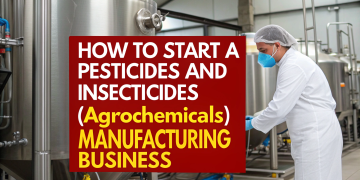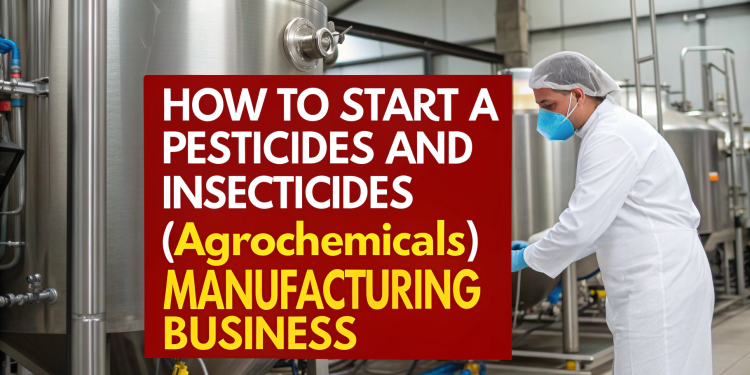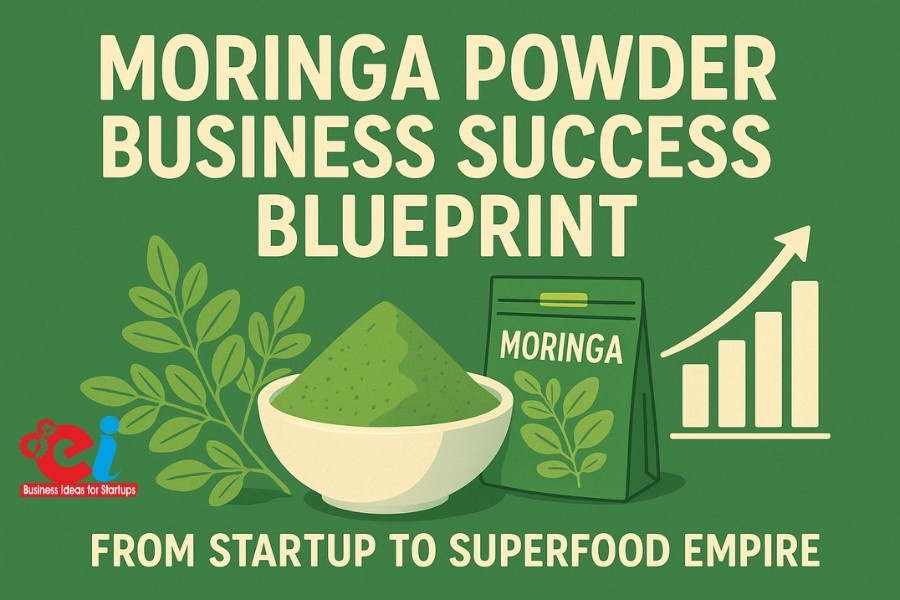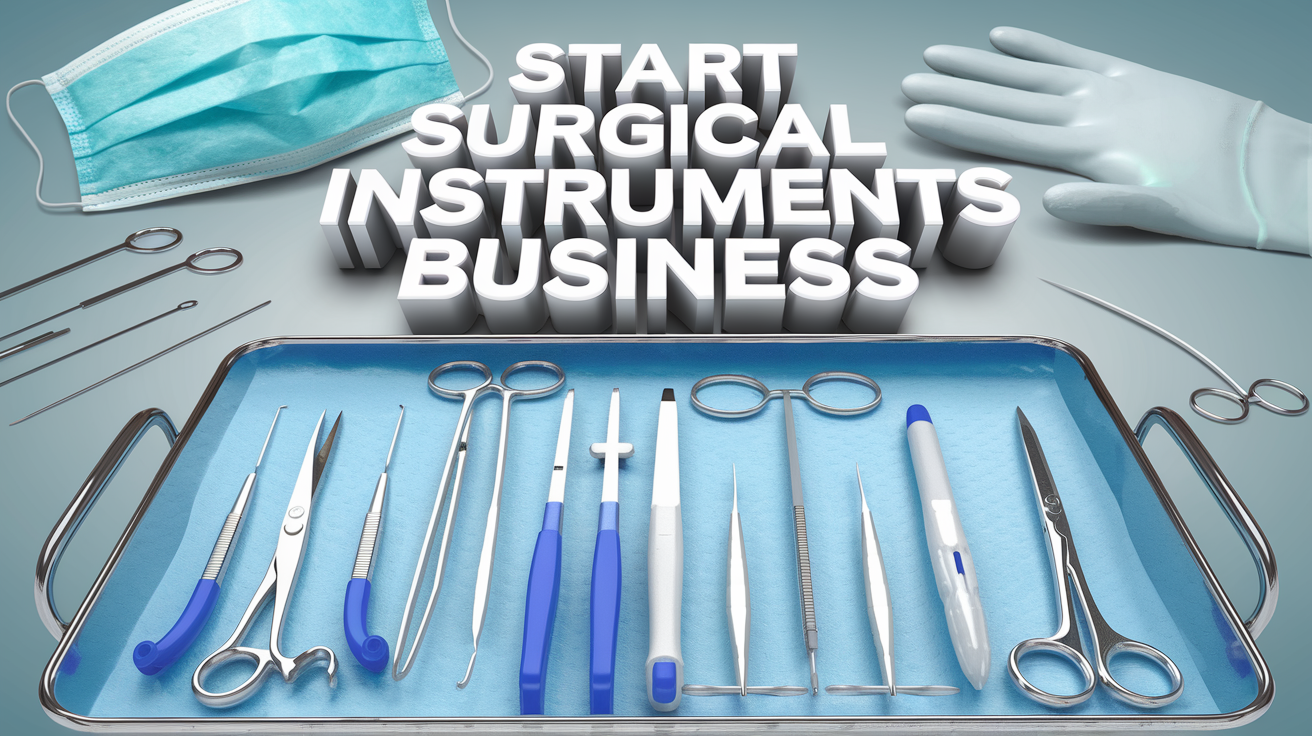In an agricultural economy such as India, with more than 50 percent of the population relying upon agriculture, the requirement for effective cultivation has never been more crucial. Insecticides as well as pesticides are essential to increase the productivity of agricultural production as well as tackling pest infestations and providing food security. As the United States shifts towards more modern and scientific methods of farming and practices, the need for chemical crop protection is growing. For startups and entrepreneurs, the market presents a huge growth opportunity. Setting up a pesticide and insecticide manufacturing enterprise is not just profitable, but also aligns with the national goals of self-sufficiency for agro-inputs in the “Atmanirbhar Bharat” initiative.
This article offers a comprehensive outline of the steps to start a Pesticides and Insecticides manufacturing facility in India. It includes everything from market forecasts and trends for growth to licensing, production methods, and compliance regulations and provides valuable advice for those who want to become industrialists.
Market Overview: Rising Demand for Pesticides and Insecticides in India
India is among the biggest producers and exporters of agrochemicals worldwide. Its Indian Pesticides industry was estimated at US$6.6 billion as of 2024. The market is predicted to expand at a rate of 7.5 percent between 2025 and 2030. The reason for this is a growing population, decreasing arable land per person, along with climate volatility and the rise of pest resistance.
Farmers across the country are becoming more conscious of the economic loss due to fungi, insects, and weeds. Through government-funded programs such as “Paramparagat Krishi Vikas Yojana” (PKVY), encouraging integrated pest management, and increasing investments in infrastructure for agriculture and infrastructure, demand is increasing not just for pesticides that are synthetic pesticides, but also for green formulations like biopesticides.
India is also a major trade potential within the agrochemical industry. Countries across Africa, South America, and Southeast Asia rely on Indian pesticide firms due to their reasonable prices and internationally accepted high-quality standards. This increases the possibility of creating a manufacturing facility with international and domestic sales in consideration.
Related: How to Start an Agrochemicals Manufacturing Business?
Regulatory Framework and Licensing Requirements
The process of starting a Pesticides and Insecticides manufacturing company in India involves navigating a strict regulatory framework that is governed by the Insecticides Act, 1968, as well as the Insecticides Rules, 1971. It is the Central Insecticides Board & Registration Committee (CIBRC) is the main regulator that registers and approves manufacturing and products.
To begin, acquire the following items:
- Insecticide Manufacturing Licence obtained from the State Agriculture Department.
- Identification Certificate for Insecticides obtained from CIBRC for every formulation you plan to make.
- Consent to Establish (CTE) and Consent to Operate (CTO) from the State Pollution Control Board.
- Approval following the Factories Act of 1948, which includes the installation of safety devices as well as environmental conformity.
- Registration of GST as well as Udyam (MSME) Registration, if relevant.
The regulatory process is extensive and could take between 12-18 months. With proper documentation, a technical personnel, safety protocols and the adherence to Good Manufacturing Practices (GMP) The process can be managed.
Manufacturing Process of Pesticides and Insecticides
The process of making insecticides and pesticides is an amalgamation that includes chemical engineering, design along with quality management. The procedure is slightly different depending on whether the final product is an organophosphate or carbamate, pyrethroid or biological pesticide. However, the basic structure includes formulation mixing, filling and packing.
Materials like active ingredients of technical grade such as surfactants, emulsifiers, dispersing agents, solvents, and stabilizers are measured first and then incorporated into mixers and reactors. Depending on whether the formula is a wetable powder (WP) or an emulsifiable concentrate (EC) or suspension concentrate (SC) or even a granule (GR) the procedure is different in terms of blending techniques and drying methods.
For instance, when it comes to an emulsifiable concentrated:
- The pesticide of technical grade dissolves into the organic solvent.
- Emulsifiers are used to ensure stability.
- The mixture is then agitated before being filtered and then placed with nitrogen in containers to stop the rate of oxidation.
- The final batches of the batch are tested by laboratories for efficacy, pH and viscosity, as well as residual solvents.
Planned plant layout should prioritize security zones, a proper ventilation, exhaust systems for fumes and storage of hazardous materials areas. It is also crucial to keep clean rooms in packaging units, and distinct areas for different formulations in order to avoid cross-contamination.
Raw Materials and Supply Chain Considerations
India produces a variety of active ingredients locally, but certain important intermediates and technicals remain imported from countries such as China, Germany, and the U.S. With the recent emphasis on substitution of imports as well as incentives offered under the Production Linked Incentive (PLI) Chemicals Scheme increasing numbers of companies are moving to local the production of raw materials.
Implementing the backward integration process or longer-term vendor contracts could help to reduce the fluctuation in the cost of inputs. Effective inventory management is vital because some raw materials can be dangerous and are susceptible to expiration or degrade if stored improperly.
The choice of pure raw materials and additives significantly determines the product’s shelf life and efficacy. Therefore, establishing solid relationships with chemical manufacturers is a major advantage for startups operating in this field.
Related: Top Agrochemicals to Manufacture in India for Export Profits
Quality Assurance and Safety Compliance
Manufacturing Pesticides and Insecticides is a high-risk process that must be conducted per strict environmental, health, and safety (EHS) guidelines. Quality control laboratories should be equipped for testing with an analytical approach as well as stability studies and batch verification to ensure compliance in accordance with BIS or FAO specifications.
Regular monitoring of air quality and treatment systems for effluents and fire protection mechanisms as well as personal protection equipment (PPE) should be installed. The staff must be educated on safety procedures for handling spills as well as spill management and emergency procedures.
In addition, each batch should be traceable using documents that cover production, sourcing as well as lab results and the final release. This traceability is crucial not only for compliance with regulatory requirements but also to establish credibility among buyers, particularly on export markets.
Packaging and Branding Strategy
Pesticide packaging containers are not solely about containment. It is also a factor in the safety of products as well as brand differentiation as well as legal compliance. The use of aluminum-sealed, tamperproof bottles and clear hazard labels are required. Labels should include the name of the company, the common name formulation type, application guidelines, batch number, manufacturing day, date of expiration, and statutory warnings written in the local language.
Effective branding that emphasizes effectiveness, suitability of crops, easy application, and testimonials from farmers helps build confidence in the market. Agri-input chains, agrochemical dealers, as well as state procurement programs of the government are the primary sales channels. A robust distributor network is crucial to the early penetration of markets.
Market Entry Challenges and Mitigation Strategies
Newcomers to the industry of manufacturing pesticides frequently encounter difficulties with formulation approvals, technical approvals as well as onboarding of channel partners. In addition, competition from older companies with vast dealers can become fierce.
To counter this issue, startups can work with contract research organisations (CROs) to develop formulations and licensing products that are ready to be licensed from established players. outsourcing formulation and packaging to third-party producers of tolls could aid in reducing upfront CAPEX and speed up times to launch.
Digital extension tools, such as WhatsApp advisory groups farmers’ training camps and demo plots are utilized to build brand recognition and to educate farmers about the use of WhatsApp and its security. As trust grows and repeat business is generated from farmers guarantees a an ongoing flow of cash.
Export Potential and Global Market Integration
The exports of agrochemicals from India have increased by a third over the past 10 years and now make up more than 55% of the nation’s total production. Indian formulations are exported to over 100 countries, including Brazil as well as in the U.S., Vietnam, and African countries.
Conforming to international quality certifications such as ISO 9001, ISO 14001 in addition to obtaining REACH, EPA clearances if needed and opens the door to profitable markets in foreign markets. Making generic versions of expired patent formulations is another lucrative strategy, particularly for overseas bulk buyers.
As environmental issues grow demand for biodegradable non-residual and green label products is increasing. Innovative biopesticides and nano-formulations as well as precise application sprays will benefit most over the next decade.
Role of Techno-Economic Reports in Project Planning
Establishing a Pesticides and Insecticides manufacturing facility is more than just technical expertise. It needs a strategic plan of action that assesses the technical potential, legal compliance and market position.
Niir Project Consultancy Service (NPCS) plays an important role in the enabling of this. NPCS offers Market Surveys and detailed Technoeconomic Feasibility Reports that are specifically tailored to entrepreneurs. The reports include details of the manufacturing process and raw material sourcing as well as plant layout design as well and the financials. With their help entrepreneurs can evaluate the feasibility in setting up a Pesticides and Insecticides product to reduce risk and increase the likelihood of success.
Which business to start? How to choose a business idea?
Conclusion
The manufacturing industry is full of potential for those who mix research-based rigor, regulatory understanding as well as market intelligence. As agriculture becomes more dependent on inputs and export potential increases, an agrochemical that is a professionally managed business can expand quickly and grow globally competitive. For those who are looking to create an impact in the field of rural development and agriculture, this industry will not only bring profits, but a an increase in productivity that is based on a purpose.
In integrating your operation to industry-leading methods, using programs from the government, and making use of professional resources such as NPCS Your venture into the field of agrochemicals could begin an ongoing and profitable industrial adventure.


























